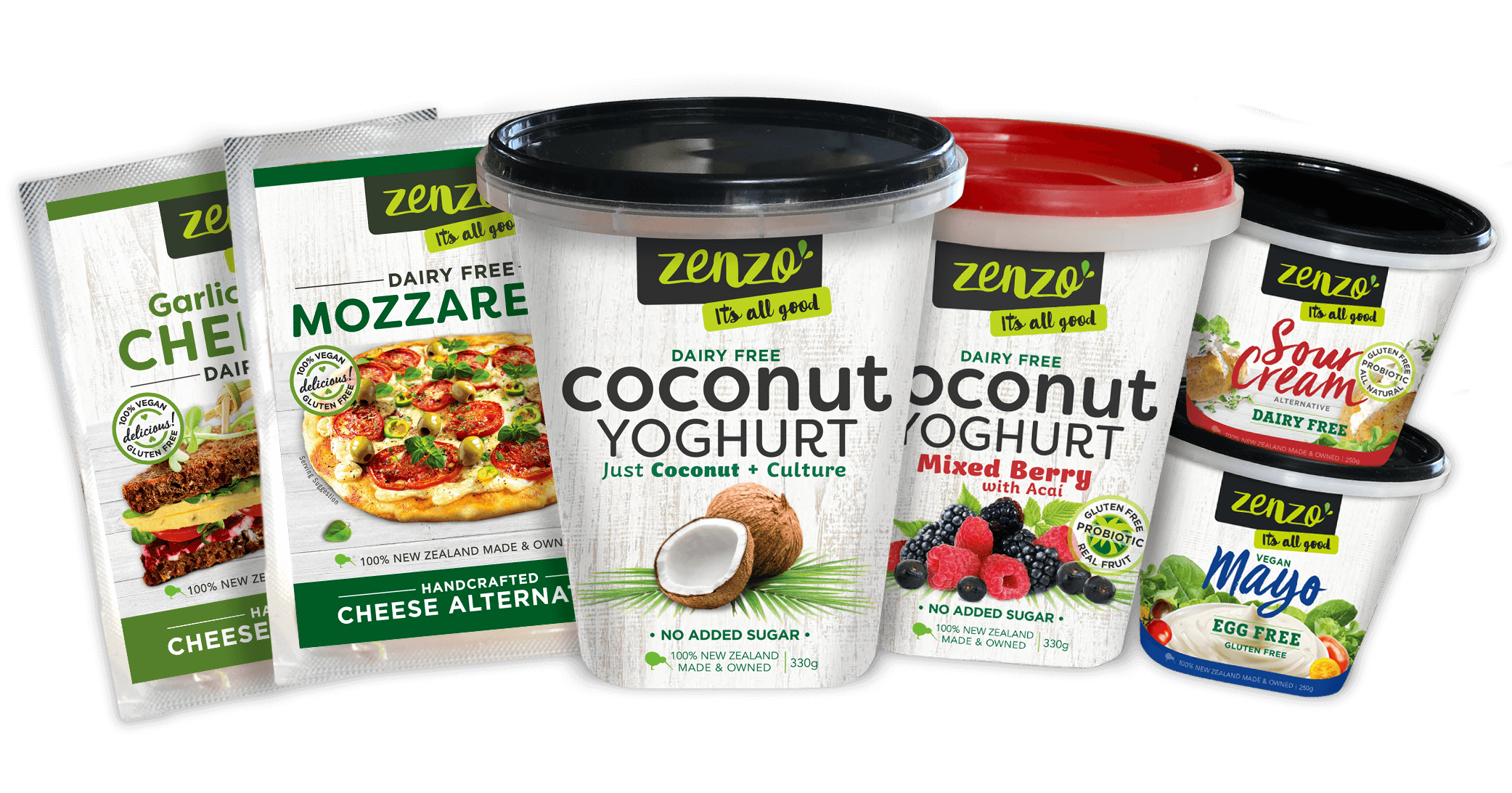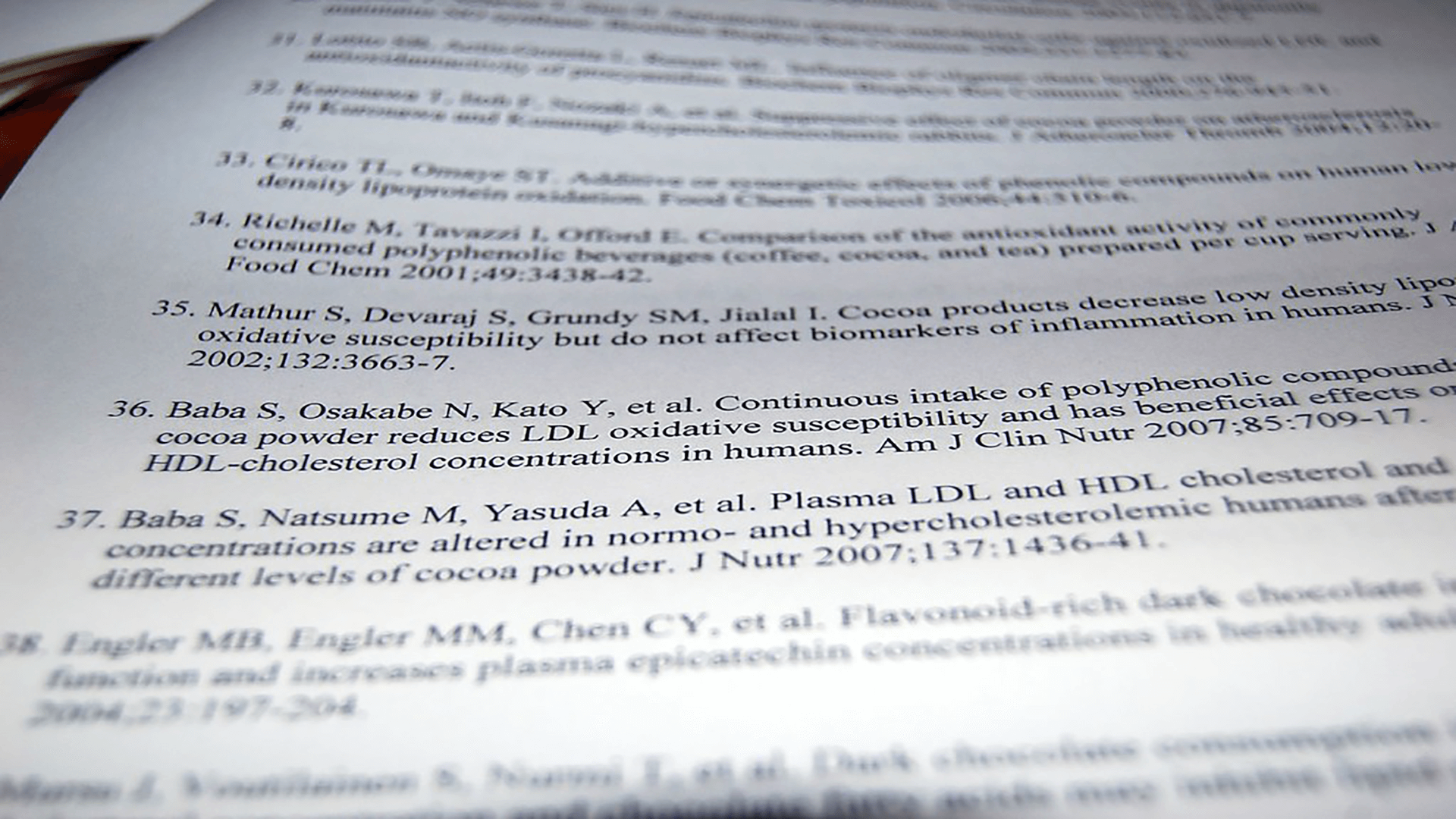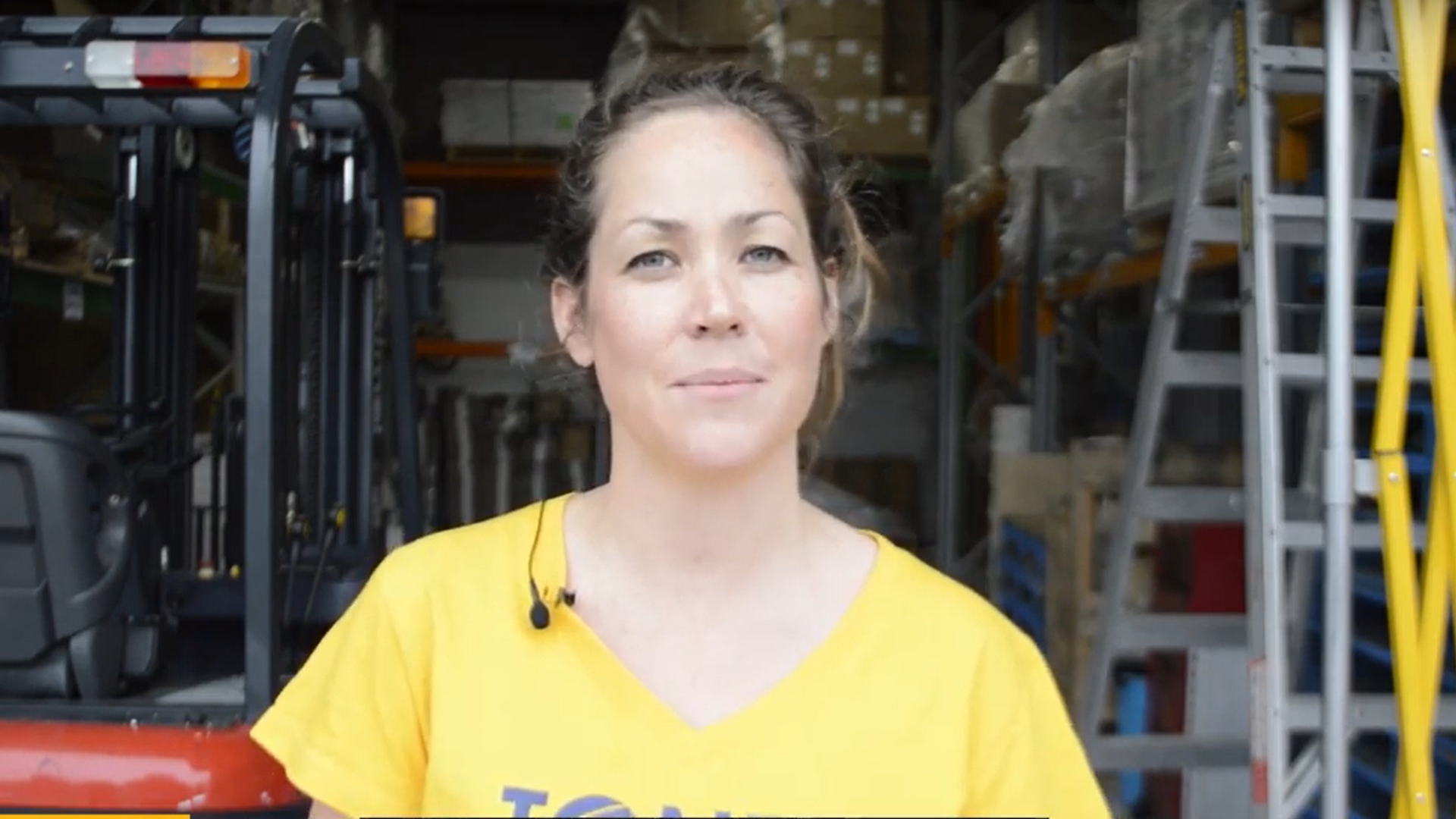Record of all References – Alphabetical Order
Below is a comprehensive record of all the references mentioned in our articles, these are in alphabetical order by the article title.
Eating traditionally made tofu helps prevent breast cancer
- Ferlay J, Bray F, Pisani P. Cancer incidence, mortality and prevalence worldwide. IARC Cancer Base no. 5. Lyon: IARC Press; 2004.
- Ziegler RG, Hoover RN, Pike MC, Hildesheim A, Nomura AMY, West DW, Wu-Williams AH, Kolonel LN, Horn-Ross PL, et al. Migration patterns and breast cancer risk in Asian-American women. J Natl Cancer Inst. 1993;85:1819–27.
- Ganry O. Phytoestrogen and breast cancer prevention. Eur J Cancer Prev. 2002;11:519–22.
- ‘Scientists Untangle the Soy-Breast Cancer Paradox’ By Christopher Wanjek, LiveScience, February 1, 2017.
- Yamamoto, S, Sobue, T, Kobayashi, M, et al. Soy, isoflavones, and breast cancer risk in Japan. J Natl Cancer Inst 2003; 95: 906– 13.
- Wu, AH, Koh, WP, Wang, R, et al. Soy intake and breast cancer risk in Singapore Chinese Health Study. Br J Cancer 2008; 99: 196– 200.
- Cederroth, CR, Nef, S. Soy, phytoestrogens and metabolism: a review. Mol Cell Endocrinol 2009; 304: 30– 42.
- Hooper, L, Ryder, JJ, Kurzer, MS, et al. Effects of soy protein and isoflavones on circulating hormone concentrations in pre‐ and post‐menopausal women: a systematic review and meta‐analysis. Hum Reprod Update 2009; 15: 423– 40.
- Yamamoto, S, Sobue, T, Kobayashi, M, et al. Soy, isoflavones, and breast cancer risk in Japan. J Natl Cancer Inst 2003; 95: 906– 13.
- Lee, SA, Shu, XO, Li, H, et al. Adolescent and adult soy food intake and breast cancer risk: results from the Shanghai Women’s Health Study. Am J Clin Nutr 2009; 89: 1920– 6.
- Nishio, K, Niwa, Y, Toyoshima, H, et al. Consumption of soy foods and the risk of breast cancer: findings from the Japan Collaborative Cohort (JACC) Study. Cancer Causes Control 2007; 18: 801– 8.
- Key, TJ, Sharp, GB, Appleby, PN, et al. Soya foods and breast cancer risk: a prospective study in Hiroshima and Nagasaki, Japan. Br J Cancer 1999; 81: 1248– 56.
- Hirayama, T. Life style and mortality. A large‐scale cencus‐based cohort study in Japan contributions to epidemiology and biostatistics. Basal: S. Karger, 1990.
- Wu, AH, Koh, WP, Wang, R, et al. Soy intake and breast cancer risk in Singapore Chinese Health Study. Br J Cancer 2008; 99: 196– 200.
- Travis, RC, Allen, NE, Appleby, PN, et al. A prospective study of vegetarianism and isoflavone intake in relation to breast cancer risk in British women. Int J Cancer 2008; 122: 705– 10.
- Hedelin, M, Lof, M, Olsson, M, et al. Dietary phytoestrogens are not associated with risk of overall breast cancer but diets rich in coumestrol are inversely associated with risk of estrogen receptor and progesterone receptor negative breast tumors in Swedish women. J Nutr 2008; 138: 938– 45.
- Touillaud, MS, Thiebaut, AC, Niravong, M, et al. No association between dietary phytoestrogens and risk of premenopausal breast cancer in a French cohort study. Cancer Epidemiol Biomarkers Prev 2006; 15: 2574– 6.
- Adebamowo, CA, Cho, E, Sampson, L, et al. Dietary flavonols and flavonol‐rich foods intake and the risk of breast cancer. Int J Cancer 2005; 114: 628– 33.
- Keinan‐Boker, L, Schouw, YT, Grobbee, DE, et al. Dietary phytoestrogens and breast cancer risk. Am J Clin Nutr 2004; 79: 282– 8.
- Horn‐Ross, PL, Hoggatt, KJ, West, DW, et al. Recent diet and breast cancer risk: the California Teachers Study (USA). Cancer Causes Control 2002; 13: 407– 15.
- Greenstein, J, Kushi, L, Zheng, W, et al. Risk of breast cabcer associated with intake of specific foods and food groups. Am J Epidemiol 1996; 143: s36.
- Dong, JY, Qin, LQ. Soy isoflavones consumption and risk of breast cancer incidence or recurrence: a meta‐analysis of prospective studies. Breast Cancer Res Treat 2011; 125: 315– 23.
- Wu, AH, Yu, MC, Tseng, CC, et al. Epidemiology of soy exposures and breast cancer risk. Br J Cancer 2008; 98: 9– 14.
- Qin, LQ, Xu, JY, Wang, PY, et al. Soyfood intake in the prevention of breast cancer risk in women: a meta‐analysis of observational epidemiological studies. J Nutr Sci Vitaminol (Tokyo) 2006; 52: 428– 36.
- Trock, BJ, Hilakivi‐Clarke, L, Clarke, R. Meta‐analysis of soy intake and breast cancer risk. J Natl Cancer Inst 2006; 98: 459– 71.
- Nagata, C. Factors to consider in the association between soy isoflavone intake and breast cancer risk. J Epidemiol 2010; 20: 83– 9.
- Messina, M, Wu, AH. Perspectives on the soy‐breast cancer relation. Am J Clin Nutr 2009; 89: 1673S– 1679S.
- Peeters, PH, Keinan‐Boker, L, Schouw, YT, et al. Phytoestrogens and breast cancer risk. Review of the epidemiological evidence. Breast Cancer Res Treat 2003; 77: 171– 83.
- Wu, AH, Ziegler, RG, Nomura, AM, et al. Soy intake and risk of breast cancer in Asians and Asian Americans. Am J Clin Nutr 1998; 68: 1437S– 1443S.
- Iwasaki, M, Inoue, M, Otani, T, et al. Plasma isoflavone level and subsequent risk of breast cancer among Japanese women: a nested case‐control study from the Japan Public Health Center‐based prospective study group. J Clin Oncol 2008; 26: 1677– 83.
- Wu, AH, Ziegler, RG, Horn‐Ross, PL, et al. Tofu and risk of breast cancer in Asian‐Americans. Cancer Epidemiol Biomarkers Prev 1996; 5: 901– 6.
- Kennedy AR, Manzone H. Effects of protease inhibitors on levels of proteolytic activity in normal and premalignant cells and tissues. J Cell Biochem Suppl. 1995;22:188–94.
- Shamsuddin AM. Inositol phosphates have novel anticancer function. J Nutr. 1995;125:S725–32.
- Shamsuddin AM, Yang GY. Inositol hexaphosphate inhibits growth and induces differentiation of PC-3 human prostate cancer cells. Carcinogenesis. 1995;16:1975–9.
- Hedlund TE, van Bokhoven A, Johannes WU, Nordeen SK, Ogden LG. Prostatic fluid concentrations of isoflavonoids in soy consumers are sufficient to inhibit growth of benign and malignant prostatic epithelial cells in vitro. Prostate. 2006;66:557–66.
- Sasamura H, Takahashi A, Yuan J, Kitamura H, Masumori N, Miyao N, Itoh N, Tsukamoto T. Antiproliferative and antiangiogenic activities of genistein in human renal cell carcinoma. Urology. 2004;64:389–93.
- Shao ZM, Wu J, Shen ZZ, Barsky SH. Dietary genistein exerts estrogenic effects on human breast carcinoma cells. Cancer Res. 1998;58:4851–7.
- Shen J, Tai YC, Zhou J, Stephen Wong CH, Cheang PT, Fred Wong WS, Xie Z, Khan M, Han JH, et al.Synergistic antileukemia effect of genistein and chemotherapy in mouse xenograft model and potential mechanism through MAPK signaling. Exp Hematol. 2007;35:75–83.
- Yanagihara K, Ito A, Toge T, Numoto M. Antiproliferative effects of isoflavones on human cancer cell lines established from the gastrointestinal tract. Cancer Res. 1993;53:5815–21.
- ‘Phytoestrogens: epidemiology and a possible role in cancer protection’. H Adlercreutz. Published:1 October 1995 https://doi.org/10.1289/ehp.95103s7103 https://ehp.niehs.nih.gov/doi/abs/10.1289/ehp.95103s7103
- Setchell KD, Cole SJ. Variations in isoflavone levels in soy foods and soy protein isolates and issues related to isoflavone databases and food labeling. J Agric Food Chem. 2003;51:4146–55.
- Fang N, Yu S, Badger TM. Comprehensive phytochemical profile of soy protein isolate. J Agric Food Chem. 2004;52:4012–20.
- Bawa, A. S., & Anilakumar, K. R. (2013, December). Genetically modified foods: Safety, risks and public concerns—a review. Journal of Food Science and Technology, 50(6), 1035–1046. Retrieved from https://www.ncbi.nlm.nih.gov/pmc/articles/PMC3791249/
- Frequently asked questions on genetically modified foods. (2014, May). Retrieved from http://www.who.int/foodsafety/areas_work/food-technology/faq-genetically-modified-food/en/
- Recent trends in GE adoption. (2017, July 12). Retrieved from https://www.ers.usda.gov/data-products/adoption-of-genetically-engineered-crops-in-the-us/recent-trends-in-ge-adoption.aspx
Fermented Indonesian superfood found to lower cholesterol and help prevent heart attacks
- https://www.medicalnewstoday.com/articles/325123.php
- A Meta-Analysis of 46 Studies Identified by the FDA Demonstrates that Soy Protein Decreases Circulating LDL and Total Cholesterol Concentrations in Adults; Sonia Blanco Mejia Mark Messina Siying S Li Effie Viguiliouk Laura Chiavaroli Tauseef A Khan Korbua Srichaikul Arash Mirrahimi John L Sievenpiper Penny Kris-Etherton; The Journal of Nutrition, nxz020, https://doi.org/10.1093/jn/nxz020 Published: 22 April 2019. This trial was registered at clinicaltrials.gov as NCT03468127. Nutrition and Disease, American Society for Nutrition 2019.
- Cardiovascular and renal benefits of dry beans and soybean intake. Anderson JW, Smith BS, Washnock CS. Am J Clin Nutr 1999(suppl);70:464S–74S.
- Zhang, Y.-B., Chen, W.-H., Guo, J.-J., Fu, Z.-H., Yi, C., Zhang, M., …Na, X.-L. (2013, January). Soy isoflavone supplementation could reduce body weight and improve glucose metabolism in non-Asian postmenopausal women—a meta-analysis. Nutrition, 29(1), 8–14. Retrieved from http://www.nutritionjrnl.com/article/S0899-9007(12)00143-8/fulltext
- (2016, December 1). Retrieved from https://nccih.nih.gov/health/soy/ataglance.htm
- Tokede, O., Onabanjo, T. A., Yansane, A., Gaziano, J., & Djoussé, L. (2015, September 28). Soya products and serum lipids: A meta-analysis of randomised controlled trials. British Journal of Nutrition, 114(6), 831–843. Retrieved from https://www.cambridge.org/core/journals/british-journal-of-nutrition/article/soya-products-and-serum-lipids-a-metaanalysis-of-randomised-controlled-trials/180FD802B992EE018ED5763CD7F73ECB/core-reader#
- Tonstad, S., Jaceldo-Siegl, K., Messina, M., Haddad, E., & Fraser, G. E. (2016, June). The association between soya consumption and serum thyroid-stimulating hormone concentrations in the Adventist Health Study-2. Public Health Nutrition, 19(8), 1464–1470. Retrieved from https://www.cambridge.org/core/journals/public-health-nutrition/article/association-between-soya-consumption-and-serum-thyroidstimulating-hormone-concentrations-in-the-adventist-health-study2/6363E77480EA431223E8ECB472D75AA0/core-reader#
- Uses of soy. (n.d.). Retrieved from http://ncsoy.org/media-resources/uses-of-soybeans/
- Influence of dietary patterns on the risk of acute myocardial infarction in China population: the INTERHEART China study Chin Med J (Engl). 2013 Feb;126(3):464-70. Guo J1, Li W, Wang Y, Chen T, Teo K, Liu LS, Yusuf S; INTERHEART China study investigators. https://www.ncbi.nlm.nih.gov/pubmed/23422108
- Mark J Messina, The American Journal of Clinical Nutrition, Volume 70, Issue 3, 1 September 1999, Pages 439s–450s, https://doi.org/10.1093/ajcn/70.3.439s
- Bawa, A. S., & Anilakumar, K. R. (2013, December). Genetically modified foods: Safety, risks and public concerns—a review. Journal of Food Science and Technology, 50(6), 1035–1046. Retrieved from https://www.ncbi.nlm.nih.gov/pmc/articles/PMC3791249/
- Frequently asked questions on genetically modified foods. (2014, May). Retrieved from http://www.who.int/foodsafety/areas_work/food-technology/faq-genetically-modified-food/en/
- Recent trends in GE adoption. (2017, July 12). Retrieved from https://www.ers.usda.gov/data-products/adoption-of-genetically-engineered-crops-in-the-us/recent-trends-in-ge-adoption.aspx






